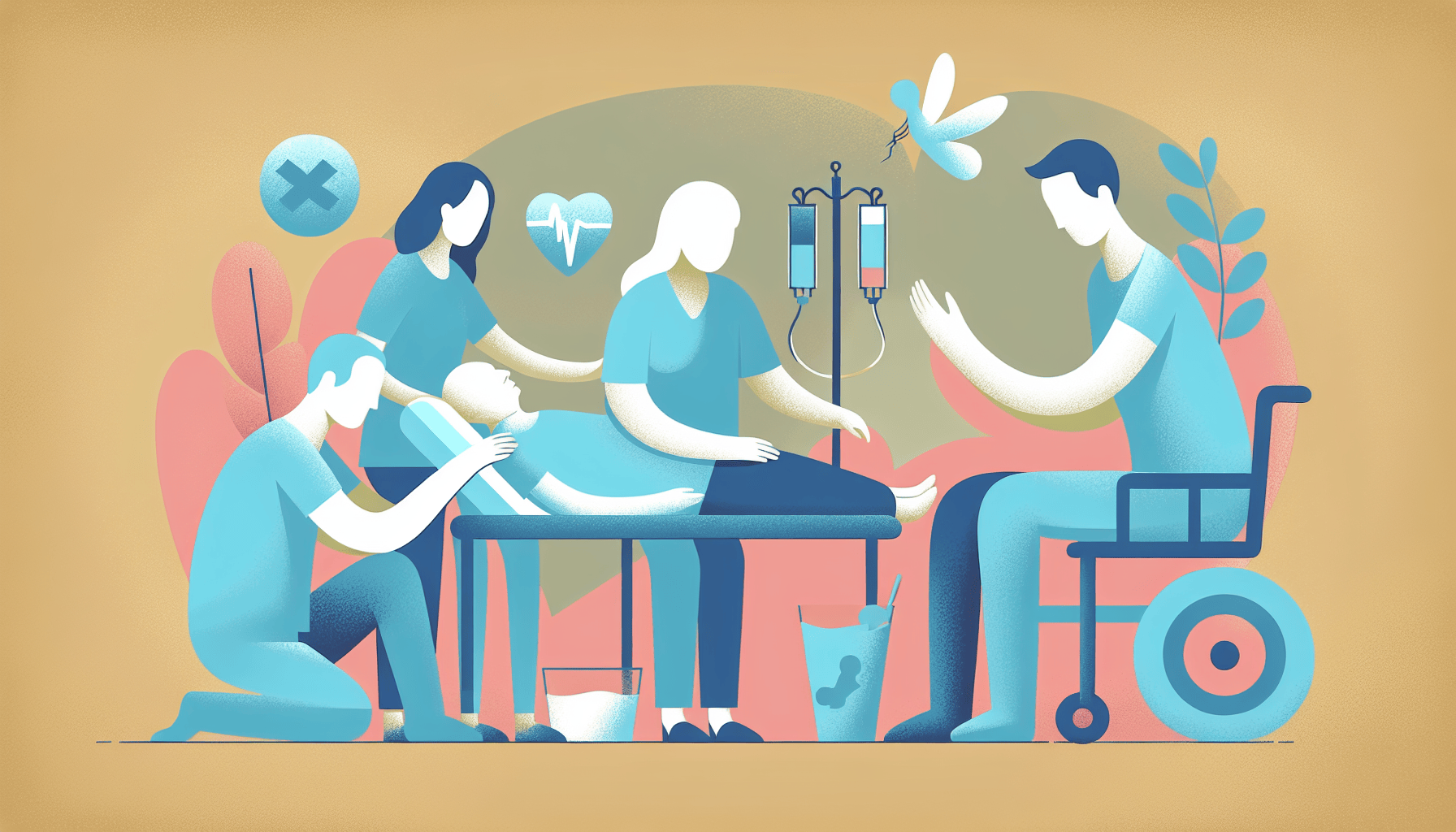Does Gabapentin Help with Sciatica?
Sciatica can cause sharp pain that shoots down your leg, making simple tasks hard. Many people wonder if gabapentin, a common medication, can ease this pain. This article [...]
Read More
Medically reviewed by Abhijit Bhattacharyya | MD, PhD, MBA, Tufts University School of Medicine - Miami, Florida on March 27th, 2024.
Infantile spasms, also known as West syndrome, is a rare type of seizure disorder that affects babies. If your baby has been diagnosed with infantile spasms, it's important to understand the symptoms, causes, and how doctors diagnose this condition.
The main symptoms of infantile spasms are seizures and spasms that last only a few seconds and happen in clusters. These seizures can be mild or forceful, and your baby may have more than one type. Some common types of seizures in infantile spasms include:
Nodding head seizures
Stiffening of the body with arms and legs flinging out
Arms and legs going straight out with head thrown back
Seizures affecting only one side of the body
Your baby may also cry right before or after a seizure, and they may seem to twitch or jerk a muscle, which is called myoclonus. There are two types of myoclonus:
Positive myoclonus: Muscles suddenly tense up, causing a twitch
Negative myoclonus: Muscles suddenly relax, causing a twitch

Infantile spasms can also affect your baby's autonomic nervous system, which controls things like heartbeat and pupil size. During a seizure, your baby may:
Turn pale or red
Sweat
Have big pupils
Have watery eyes
Breathe faster or slower
Have a faster or slower heartbeat
Babies with infantile spasms may experience delayed development, meaning it takes them longer to reach milestones like rolling over or recognizing voices. They may also experience developmental regression, which means they forget how to do things they already learned.
To diagnose infantile spasms, doctors may use an electroencephalography (EEG) to measure your baby's brain activity. Babies with infantile spasms often have an abnormal pattern of electrical activity in their brains called hypsarrhythmia.
Doctors may also use brain scans like computed tomography (CT) or magnetic resonance imaging (MRI) to look for parts of the brain that haven't formed correctly or for lesions or damage to the brain.
Infantile spasms can be caused by anything that damages the brain, either before or after birth. Some common causes include:
Tuberous sclerosis complex, an inherited condition that causes noncancerous tumors to grow in the brain and other organs
Genetic conditions like Down syndrome
Brain injury
Problems with brain formation
Changes in brain structure
Lack of oxygen to the brain
Brain infections
Lesions on the brain
Bleeding inside the skull
Inflammation in the brain (encephalitis)
Metabolism disorders
Vitamin B deficiency
Sometimes, doctors can't find a cause for infantile spasms, but there's no evidence that it's related to vaccinations or your baby's sex.
If you suspect your baby may have infantile spasms, it's important to talk to your doctor right away. Early diagnosis and treatment can help improve outcomes for babies with this condition.
For more information on infantile spasms, visit the National Institute of Neurological Disorders and Stroke, the Epilepsy Foundation, or the National Organization for Rare Disorders.
Sciatica can cause sharp pain that shoots down your leg, making simple tasks hard. Many people wonder if gabapentin, a common medication, can ease this pain. This article [...]
Read MoreBack pain is one of the most common health complaints, affecting millions of people worldwide. If you have back pain, you might have heard about gabapentin as a possible [...]
Read MoreIf you take gabapentin, you might wonder if it will show up on a drug test. This question matters for many people, whether it’s for work, sports, or legal reasons. Gabapentin [...]
Read More